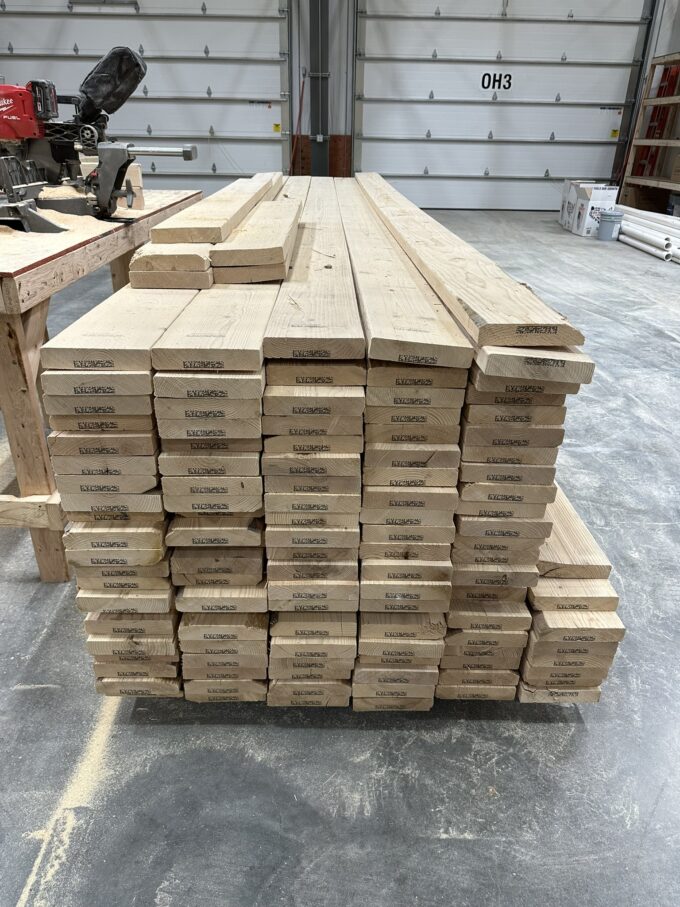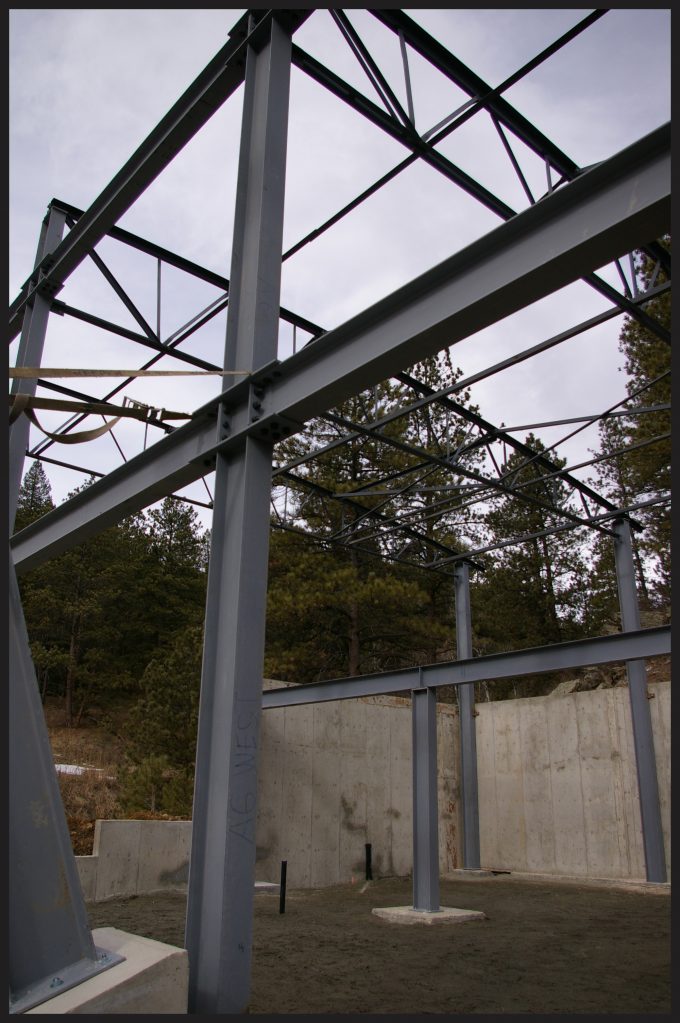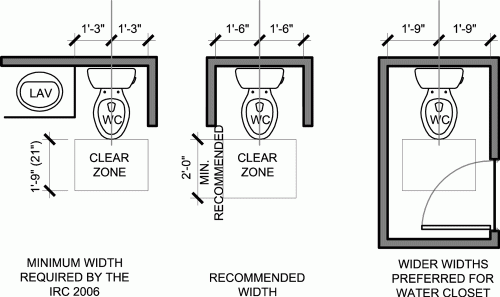Understanding Acceptable Tolerances in the Construction Industry
Acceptable tolerances are critical to quality construction. Tolerances define the allowable deviation from specified dimensions or conditions in building components. These tolerances help ensure a structure performs as intended while recognizing the limitations of building materials and field conditions.
How Construction Tolerances Are Established
Industry standards are not random. They result from decades of experience, testing, and consensus among professionals. Organizations such as the American Concrete Institute (ACI), Steel Construction Manual (AISC), and the Tile Council of North America (TCNA) publish detailed tolerance guides. These documents define acceptable limits for variation in materials, dimensions, and installations.
Without clear tolerance limits, disagreements during construction can lead to delays, cost overruns, or even litigation. That’s why incorporating defined tolerances into contract documents is so important.
Learn more from ACI’s tolerance guidelines:
ACI Standards
Tolerances by Material Type
Different materials and construction methods have their own tolerance guidelines. Each material behaves differently and requires unique standards.
Concrete
ACI 117 is the primary standard for concrete tolerances. It outlines flatness and levelness of slabs (F-numbers), edge alignment, and vertical deviations. For example, slab flatness of FF 35 and levelness of FL 25 is common for commercial floors.
More on ACI 117:
ACI Tolerances Guide
Structural Steel
The American Institute of Steel Construction (AISC) provides tolerance tables for columns, beams, and bolt hole alignment. These standards ensure structural integrity and proper load transfer. Acceptable tolerances can range from 1/8 inch to 1/2 inch depending on the element.
Explore AISC tolerances:
AISC Steel Manual
Masonry
The Masonry Standards Joint Committee (MSJC) outlines tolerances for wall plumbness, joint width, and height alignment. Mortar joint tolerances are usually within ±1/8 inch. These tolerances help maintain structural stability and visual consistency.
Visit CMHA for masonry tolerance details:
CMHA Resources
Wood Framing
Wood framing tolerances are more forgiving than steel or concrete. The National Association of Home Builders (NAHB) provides guidelines for plumbness, levelness, and spacing. Wood’s natural variability and shrinkage make tighter tolerances harder to achieve.

More on wood framing from NAHB:
NAHB Building Standards
Tolerances for Core & Shell vs. Finishes
Tolerances vary between structural systems and finish work. Core and shell tolerances are broader due to the scale and function of the work. For example, a steel column can be out of plumb by 1/4 inch and still perform as designed.
However, finish tolerances must be tighter. Even minor variations in tile alignment or drywall joints can create visual defects. That’s why finish trades often follow standards like the Gypsum Association guidelines or the TCNA handbook for tile.
Learn more about finish tolerances:
TCNA Handbook
Why Tolerances Belong in Construction Contracts
Despite the availability of standards, tolerances are a common source of disputes. That’s because not all parties agree on which standards to use. Without specific references in the contract, interpretation becomes subjective.
Clearly defining tolerances in contract documents avoids confusion. Contracts should reference specific standards and tolerances by trade. This also helps in case of future litigation or claims.
The Role of Tolerances in Litigation
Construction litigation often focuses on performance failures tied to perceived defects. Courts and arbitrators look to industry standards to determine if work is acceptable. When tolerances are clearly stated in the contract, the outcome is easier to resolve.
Organizations such as the Construction Specifications Institute (CSI) and the American Arbitration Association (AAA) support documentation practices to prevent these disputes.
Explore CSI resources:
CSI Resources
Conclusion
Construction tolerances are not just technical—they are contractual and legal. They ensure quality while accounting for real-world conditions. Because tolerances vary by material and building phase, contracts must be clear and consistent. At EVstudio, we always recommend aligning contracts with industry standards to mitigate risk and ensure success.










